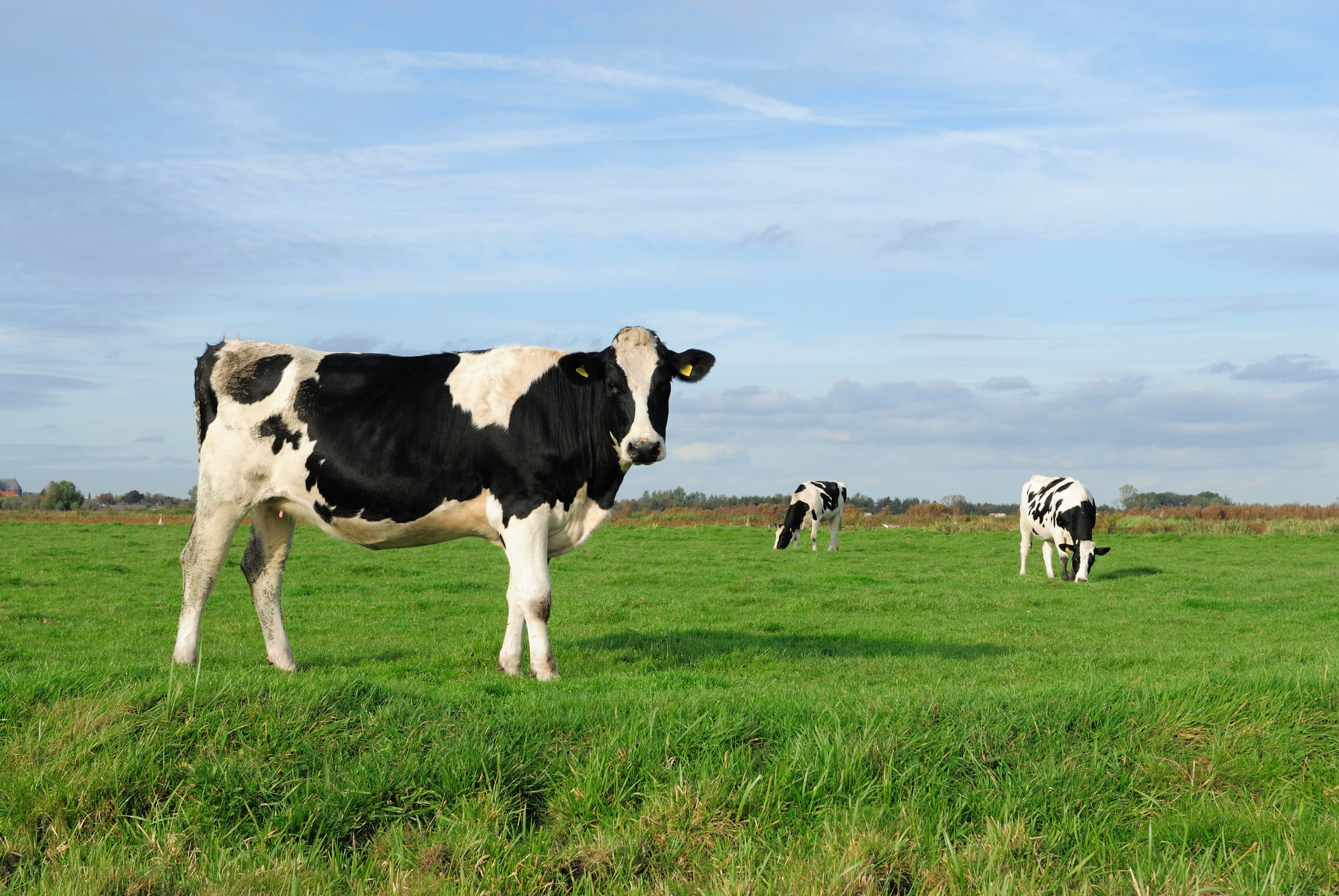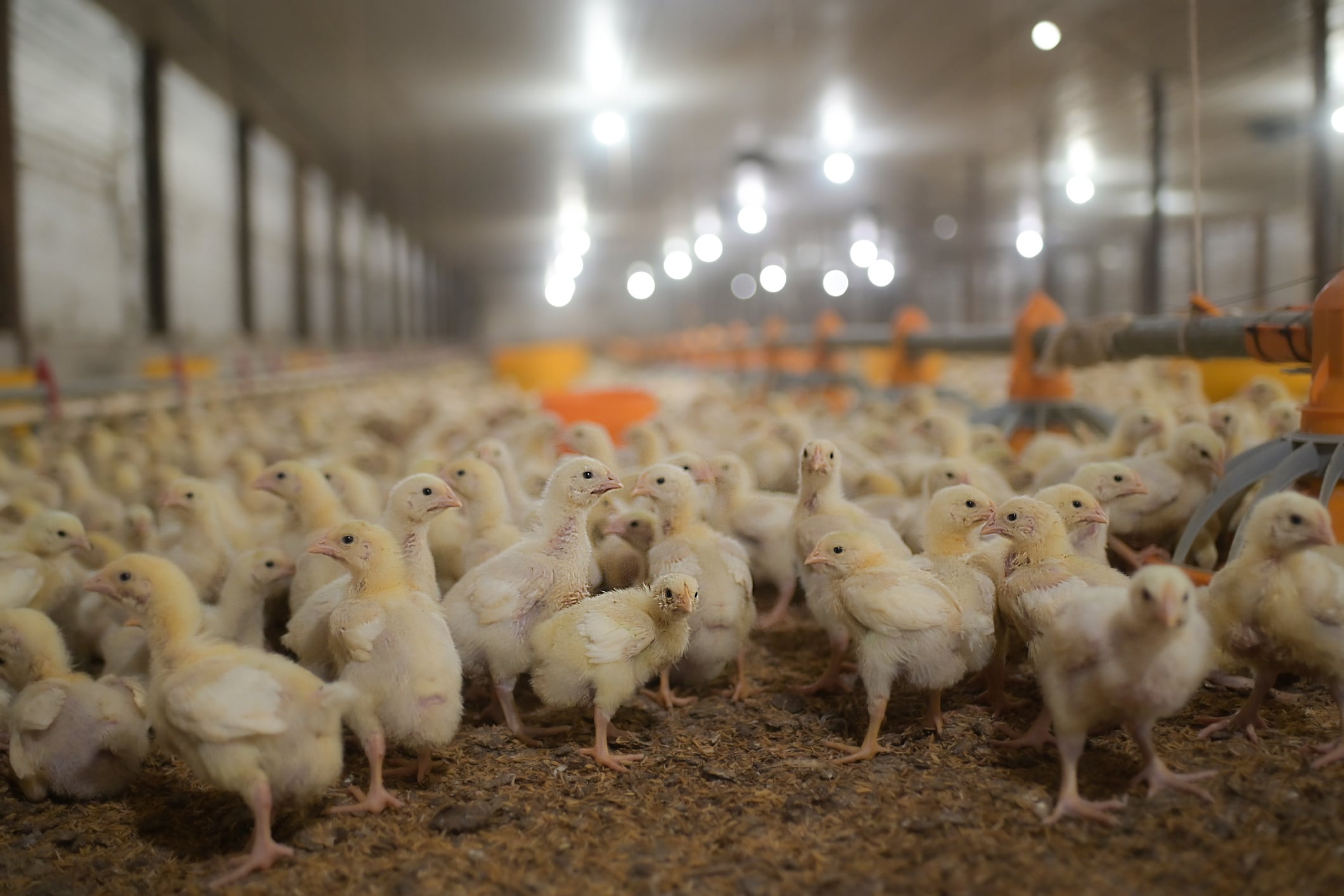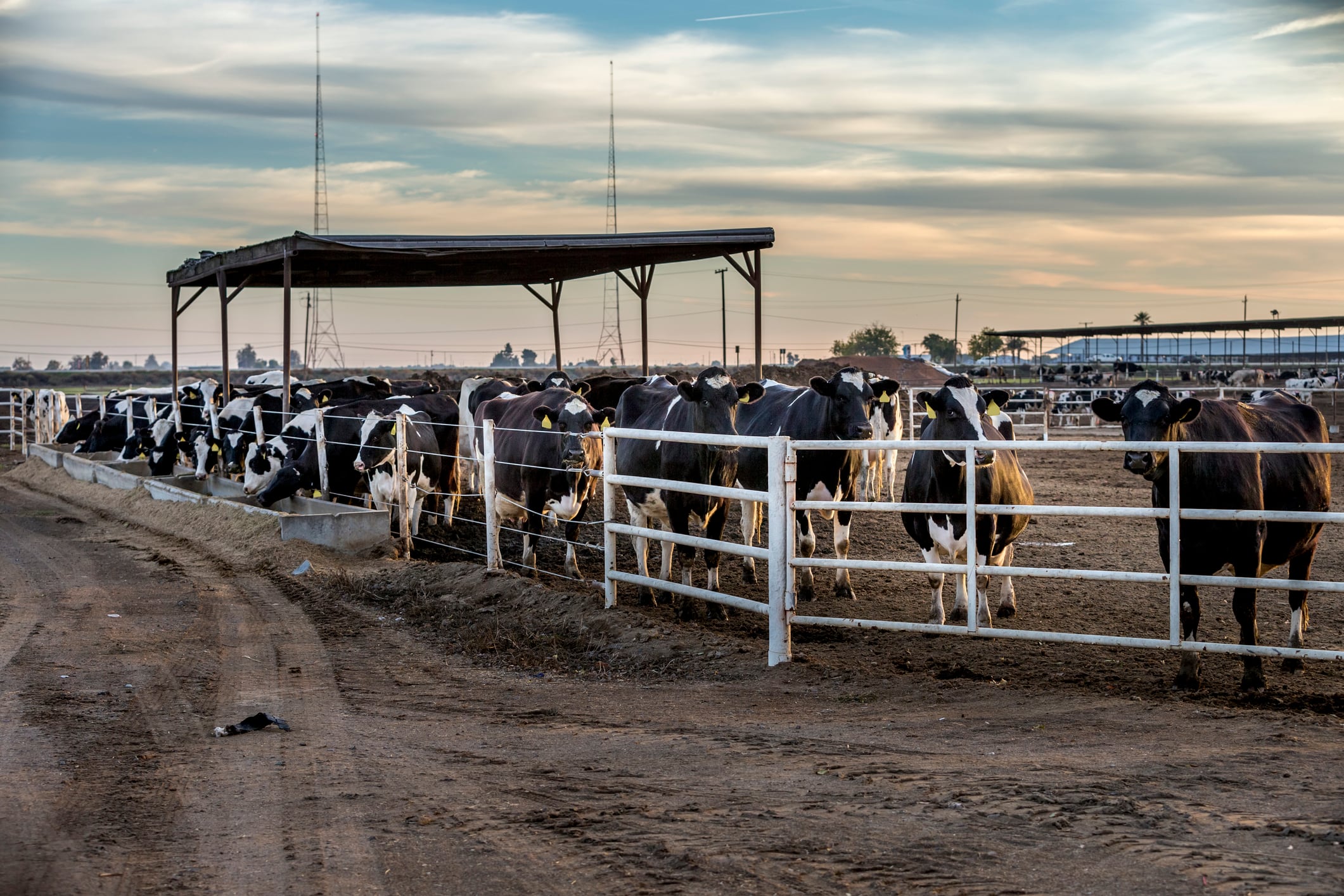At Trouw Nutrition’s LifeStart research program, scientists have been decoding milk’s deeper biological signals, especially its fat composition. This wasn’t just about nutrients, they found. Milk communicates. It triggers gut closure, immune system activation, and organ development.
That insight sparked a long research arc: from studying optimal feeding levels to replicating milk’s precise fatty acid profile in a calf milk replacer. The result is Sprayfo Ultimo, a formulation designed to mimic cow’s milk but also program the calf for long-term resilience and performance.
“We started out by rethinking feeding levels of calf milk replacers (CMRs),” Lonneke Jansen, technical commercial manager at Trouw Nutrition, told us. “This shift included following research that showed the benefits of moving from restrictive calf feeding toward intensive feeding.”
Higher feeding volumes were just the beginning. Researchers turned their attention to the type of energy calves were receiving - specifically, restoring whole milk–like levels of fat. This shift brought improvements in gut development, immune defense, and early metabolism. From there, the team drilled deeper into which fats mattered most.
“Milk fat is about 98% triglycerides synthesized from more than 400 different fatty acids,” Jansen explained. “While most of these fatty acids are only present in small amounts, around 15 comprise 1% or more of cows’ milk.”
Some, like butyric acid, were found to be key triggers for intestinal development and immunity. Others helped close the gut lining against pathogens or stimulate early rumen development. That knowledge helped shape Sprayfo Ultimo’s formula, which replicates not only the quantity but also the composition of milk fat, she said.
As Jansen put it: “Milk is the ultimate communication tool between cow and calf.”
Phytogenics and precision minerals
Building on the fat profile, the team outlined how they added a proprietary blend of phytogenic compounds - plant-derived bioactives known to help calves cope with digestive challenges like cryptosporidium. It also includes organic trace minerals with high bioavailability to improve uptake and reduce environmental losses.
“In general, trace minerals have traditionally been supplied at a very high level due to their low cost,” outlined Eile van de Gaast, marketing manager at Trouw Nutrition. “Feeding poor-quality trace minerals at higher levels means there is either more going into the manure or more stored in the animal’s liver.”
Instead, this new CMR uses a precision nutrition approach, aligning mineral levels with what’s naturally found in cow’s milk and using more absorbable forms. The result is better mineral utilization, improved calf health, and lower environmental impact, according to the Trouw Nutrition team.
Farmer feedback
While all of this is backed by robust trials, the most compelling evidence may be coming from farms themselves.
“Farmers are telling us they see less diarrhea and higher starter feed intake,” van de Gaast continued. “These improvements can also show up in less need for treatment. It all links together.”
By improving gut health and encouraging early rumen development, calves grow faster and reach breeding weight sooner. “With fewer incidents of diarrhea and improved starter feed intake, calves grow faster and tend to be visibly larger by three months,” van de Gaast added.
“Basically, the findings from the research center and commercial farms are now also being reported by customers.”
Milk yield
Independent studies, said Jansen, continue to reinforce the lasting impact of early-life nutrition on calf development and productivity.
A 2013 meta-analysis by Soberon and Van Amburgh, which examined 12 studies covering 675 cows, concluded that increasing milk intake during the pre-weaning period significantly boosts milk yield in later life, she reported.
For every 200 grams of additional daily gain before weaning, dairy heifers produced an average of 300 kg more milk in their first lactation - a consistent finding across all studies reviewed.
Building on these insights, Trouw Nutrition initiated its own long-term study in 2014 at the Kempenshof Dairy Research Centre. The aim was to track calves fed different milk replacer volumes - 4L versus 8L daily - across their entire productive life.
The findings, recently published in two scientific articles, revealed that calves receiving higher milk allowances early on not only produced more milk but also had a significantly lower risk of culling. “We saw that the calves given a higher milk allowance exhibited increased milk volumes and a lower risk of culling during their productive lifetimes,” said Jansen.
These animals added 300 days of productivity - equivalent to an extra lactation - and showed improved milk fat yield and feed efficiency into their second lactation. Interestingly, they also appeared leaner, indicating more efficient fat mobilization to support milk production.
Jansen remarked: “Perhaps one of the most striking results was that the risk of culling before the third calving was reduced by half.”





